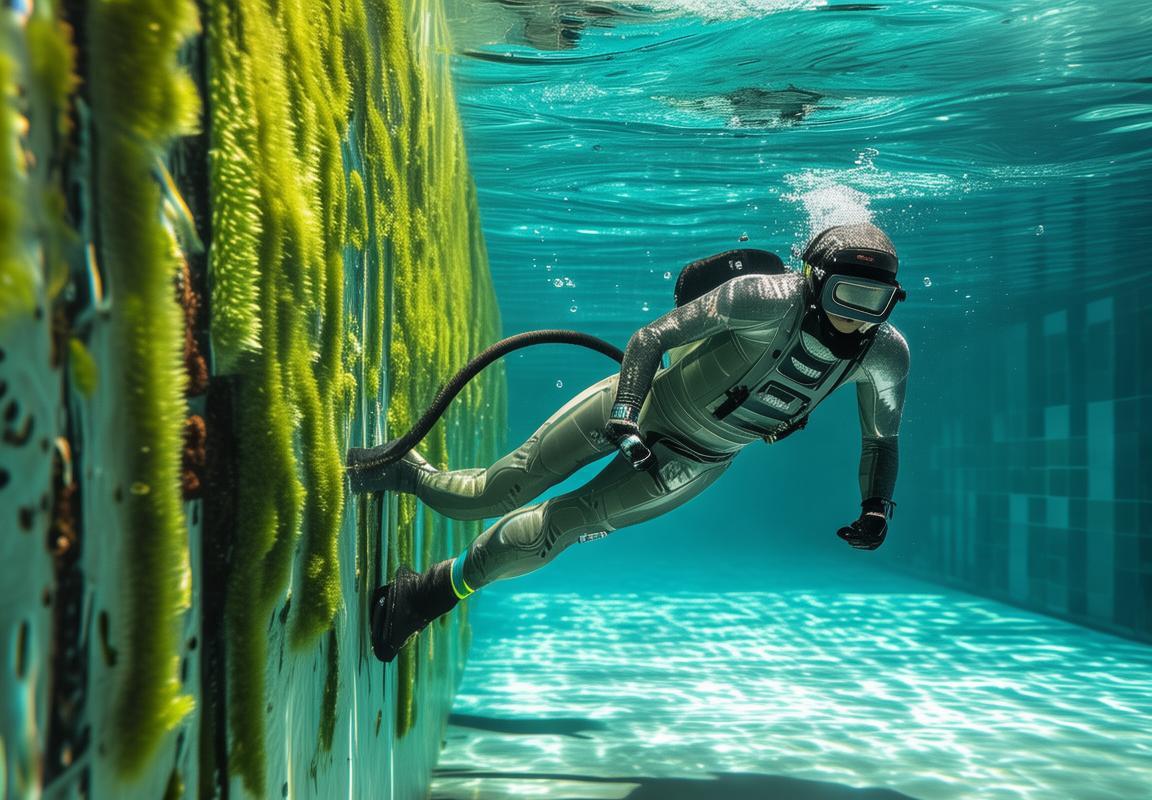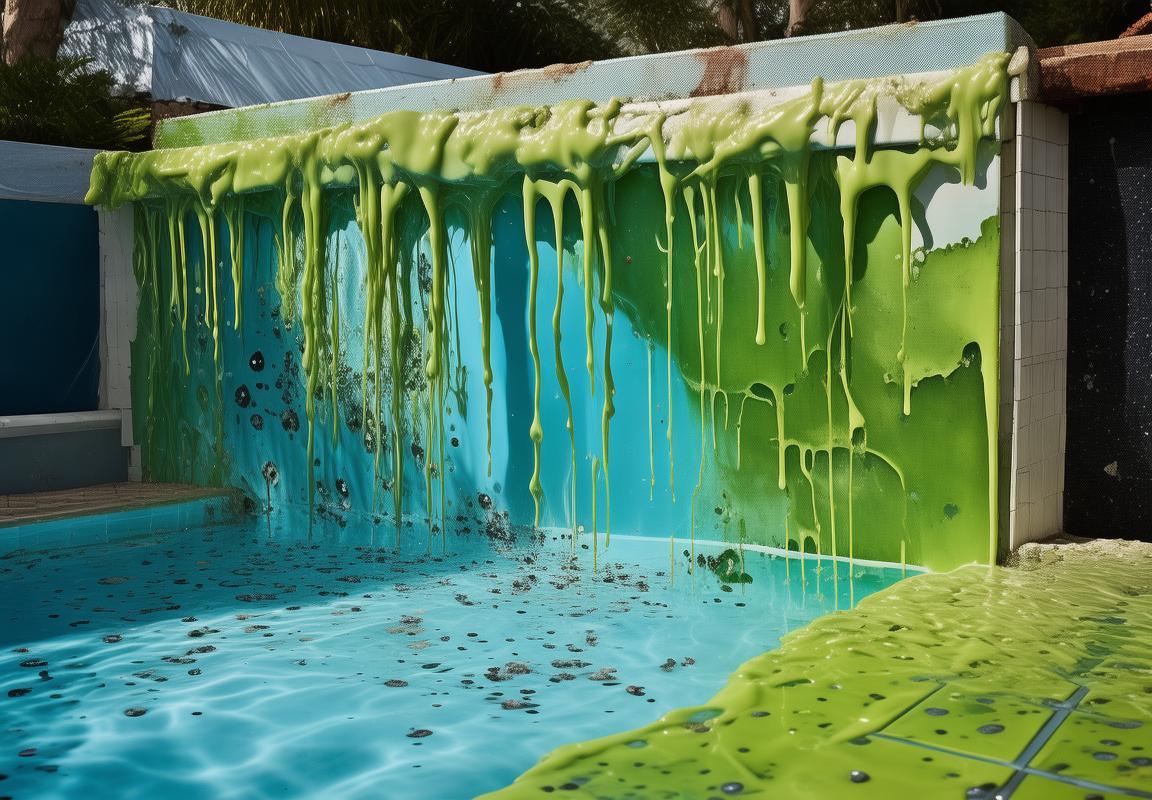Pool Wall Cleaner Guide: Robotic vs Manual Pool Cleaners for Algae Removal, Calcium Scaling & Pool Maintenance
Your pool walls turning into a science experiment—green slime (algae), white crust (calcium scaling), or mysterious stains—is a sign of neglected pool maintenance. Algae removal requires more than a quick chlorine treatment; it needs shock therapy and scrubbing with the right tools. For calcium scaling, acid washing is often necessary, but improper handling risks damage. Pool stains can stem from metals or organic debris, demanding targeted treatments. A pool wall cleaner is essential—robotic pool cleaners automate the job, climbing walls and filtering debris, while manual pool cleaners (like a manual pool brush) offer budget control but demand elbow grease. Avoid common mistakes: using the wrong brush (nylon vs. stainless steel), ignoring pool filter cleaning, or assuming hosing down algae works (it spreads it). For stubborn buildup, pair your cleaner with enzymes or algaecides. Prevention is key: weekly brushing, balanced water chemistry, and consistent cleaning stop problems before they escalate. If stains reappear or your cleaner fails, it’s time to call a pro. Whether you choose a robotic pool cleaner for convenience or a manual pool brush for precision, the right tools and routine keep your pool pristine—not a petri dish.

